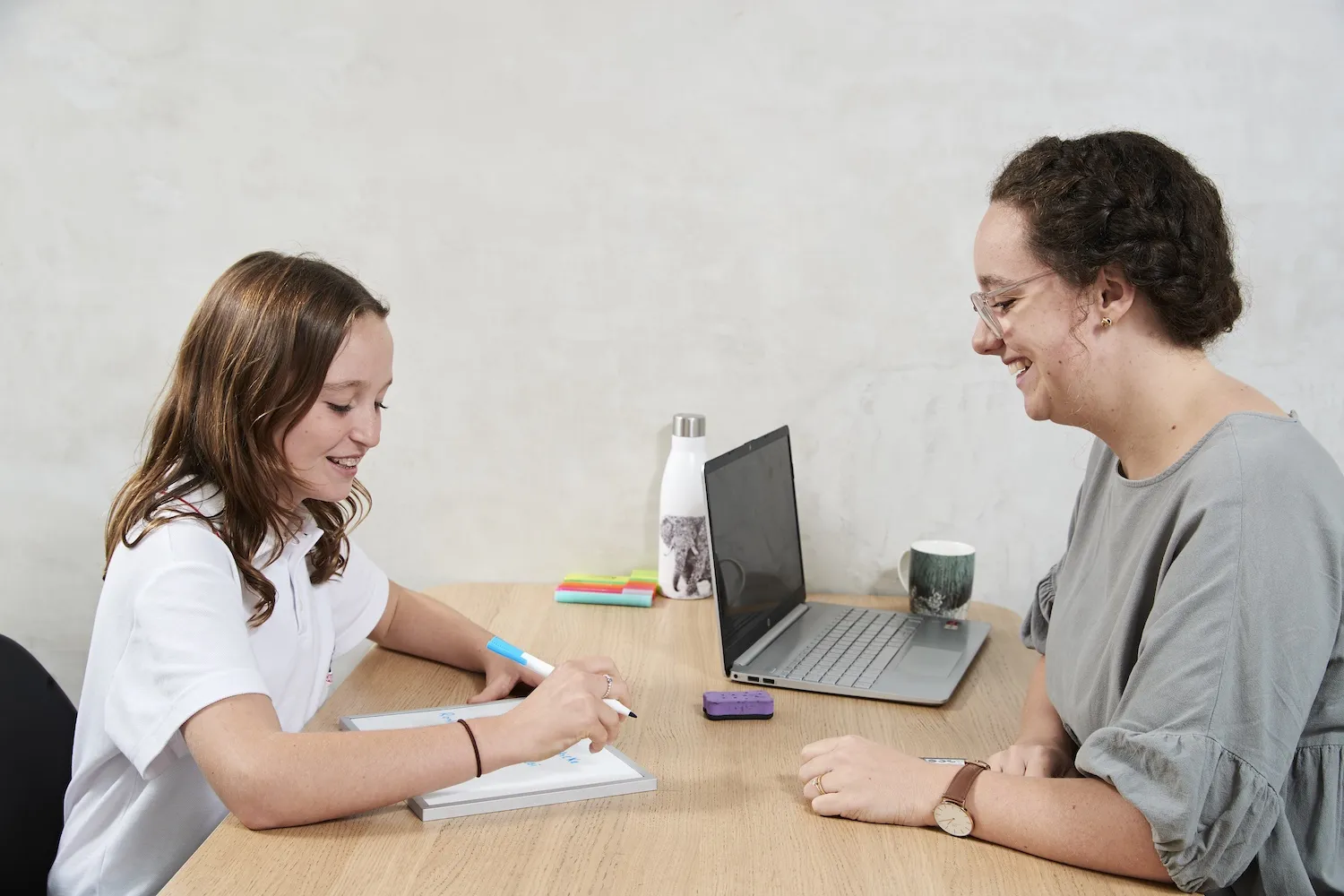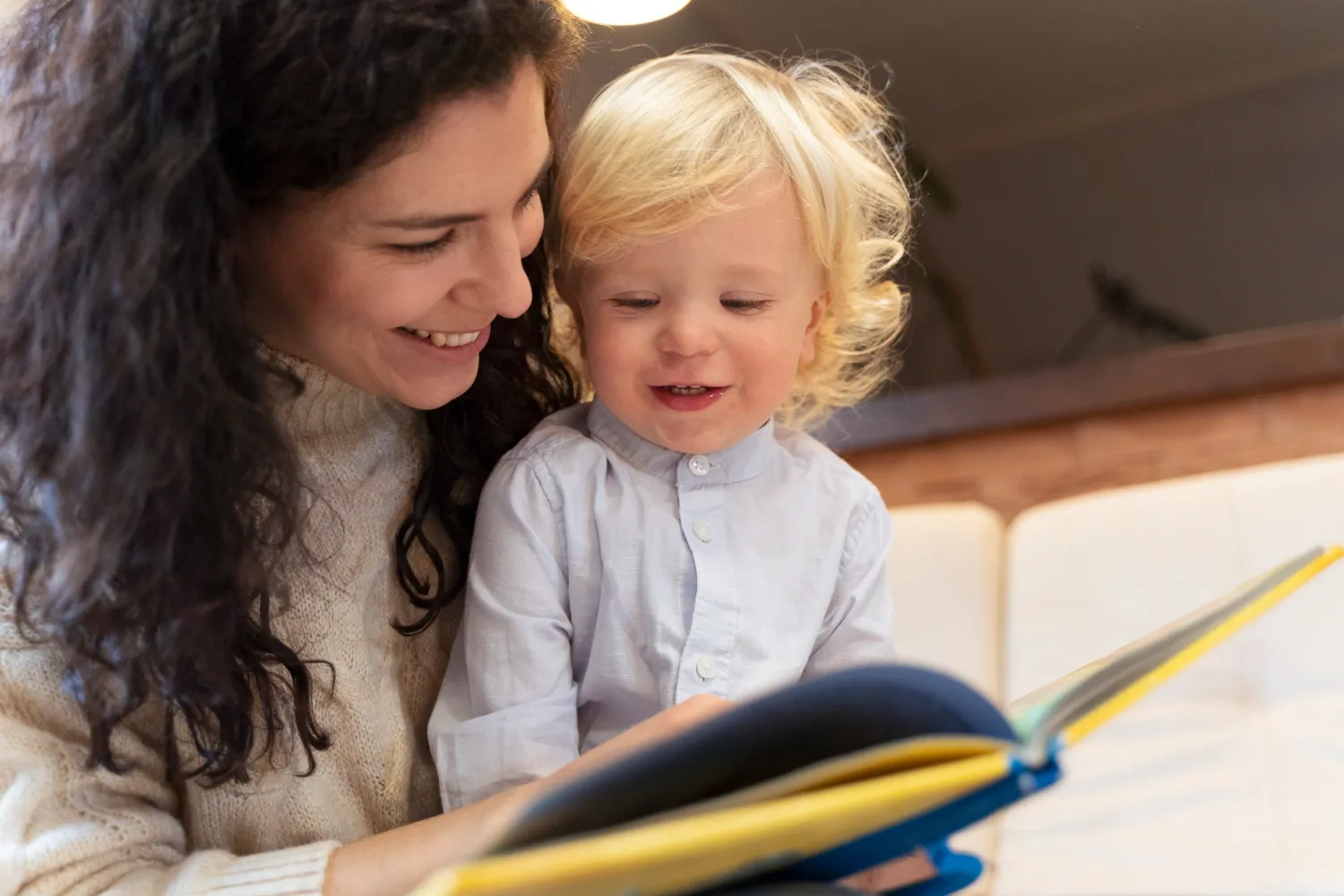Phonological Awareness is an Essential Precursor to Learning to Read and Write

Phonological Awareness is an Essential Precursor to Learning to Read and Write
What it is
Phonological awareness refers to the awareness of, and access to, the sound structure of oral language. This includes being aware of the sounds within words and how words change when these sounds are manipulated. Phonological awareness skills include breaking up words into syllables and sounds, blending syllables and sounds into words, and manipulating syllables and sounds in words.
Why we teach it
Phonological awareness is an essential precursor to learning to read and write, which is of course required for a child to access the curriculum as well as the world of knowledge we acquire through reading books for pleasure.
How to practise
Blending syllables/sounds → words:
- Say a word with distinct pauses between its syllables/sounds and ask your child to tell you what the word is (e.g. “What word do these sounds/syllables make? App.. le/c.. u.. p”)
- Help your child by:
- Pointing to one block/toy per syllable and then having them come together and make friends to show how syllables/sounds blend (a visual and tactile prompt)
- Model the correct response and ask your child to copy you
Segmenting words → syllables/sounds:
- Ask your child to: show you what the syllables/sounds are in a word (e.g. “show me the syllables/sounds in the word kangaroo/cup?”)
- Help your child by:
- Showing them how to say the word in “whale speak” like Dory from Finding Nemo (e.g. kaaaangaaaaroooo/cccuuuuuppp) (an auditory prompt)
- Pointing to one block/toy per syllable (a visual and tactile prompt)
- Asking them to identify just one syllable/sound (e.g. “What’s the first syllable in tiger?”, “What’s the last sound in cat?”)
- Model the correct response and ask your child to copy you
How to make practise fun
- Use a musical instrument/your pots and pans instead of clapping to practise breaking up words into syllables
- Incorporate into games such as I Spy (e.g. “I can spy a s.. p.. oo.. n”) or Celebrity Heads (e.g. “Am I an an.. im.. al?”)
- Beat the timer: Set a timer for 2 minutes and see how many words your child can blend/break into parts before the timer goes off.
When to practise
- Just like learning times tables or a new dance routine, learning phonological awareness requires regular practise.
- Research shows the best results come from short bursts of practice distributed throughout the week. We recommend 10-15 minutes 5 days per week.











.webp)
















